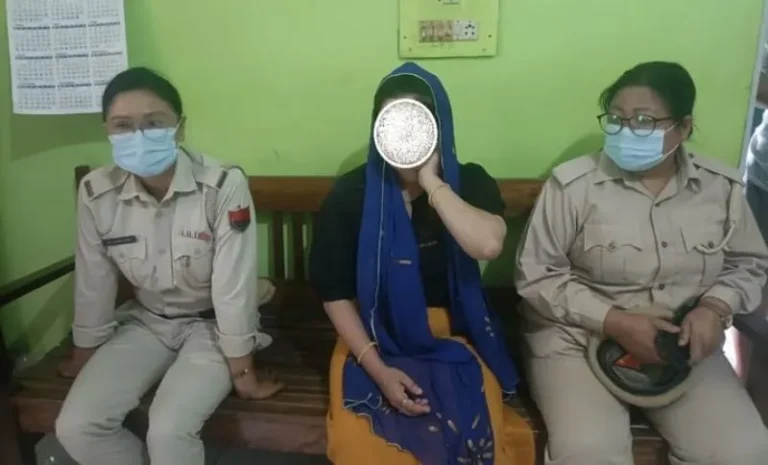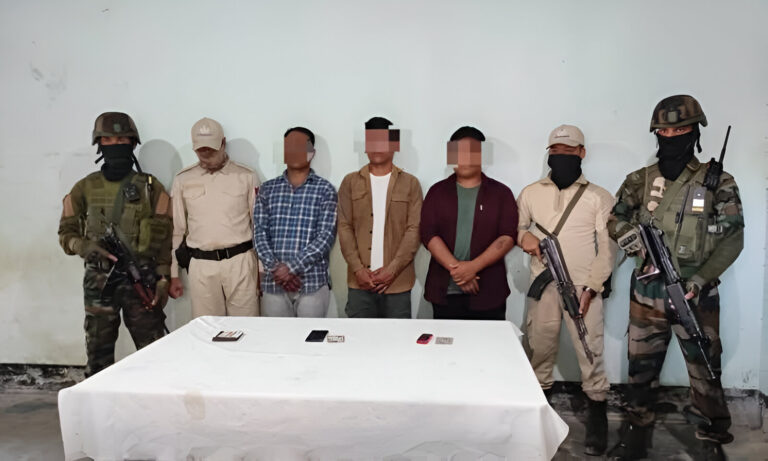Jairam Ramesh Criticizes PM Modi’s Absence in Manipur; CM N. Biren Singh Responds
Short Summary
Congress leader Jairam Ramesh has criticized Prime Minister Narendra Modi for not visiting Manipur amid ongoing ethnic violence. In response, Manipur Chief Minister N. Biren Singh defended the Prime Minister, stating that the central government has been actively involved in addressing the state’s issues.
In-Depth Analysis: Political Discourse Surrounding Manipur’s Crisis
Background of the Manipur Crisis
Since May 2023, Manipur has been embroiled in ethnic violence between the Meitei and Kuki communities, leading to significant loss of life and displacement. The unrest was triggered by a court order to consider granting Scheduled Tribe status to the Meitei community, intensifying existing tensions over land and resources.
Jairam Ramesh’s Critique of PM Modi
Jairam Ramesh, Congress General Secretary, has openly questioned Prime Minister Narendra Modi’s absence from Manipur during this critical period. He expressed bewilderment over the Prime Minister’s inability to allocate time to visit the violence-stricken state, despite his travels to other regions. Ramesh’s remarks highlight a perceived neglect of Manipur by the central leadership.
Chief Minister N. Biren Singh’s Defense
In response to Ramesh’s criticism, Manipur Chief Minister N. Biren Singh defended Prime Minister Modi, asserting that the central government has been actively engaged in resolving the state’s issues. Singh emphasized that the Prime Minister’s physical presence is not the sole indicator of concern or involvement, pointing to the deployment of security forces and other measures as evidence of the central government’s commitment.
Political Implications
The exchange between Ramesh and Singh underscores the political tensions surrounding the handling of Manipur’s crisis. Ramesh’s critique suggests a narrative of central government neglect, while Singh’s defense aims to reinforce the perception of active involvement by national leaders. This discourse reflects broader debates on governance, accountability, and the responsibilities of political leaders during times of regional unrest.
Public Perception and Media Coverage
The dialogue between Ramesh and Singh has garnered significant media attention, influencing public perception of both state and central leadership. Critiques of the Prime Minister’s absence may resonate with those feeling neglected, while defenses highlighting governmental actions may appeal to supporters who view logistical constraints as understandable. Media portrayal of these interactions plays a crucial role in shaping the narrative and public opinion.
FAQs
- What is the main cause of the violence in Manipur?
The violence stems from ethnic tensions between the Meitei and Kuki communities, exacerbated by a court order to consider granting Scheduled Tribe status to the Meitei, leading to disputes over land and resources. - Why is Prime Minister Modi’s absence in Manipur controversial?
Critics argue that his absence signifies neglect during a critical period, suggesting a lack of concern for the state’s turmoil. Supporters contend that the central government has been actively involved through other means. - How has the central government addressed the Manipur crisis?
The government has deployed security forces and implemented measures aimed at restoring peace and order, though opinions differ on the effectiveness of these actions. - What are the political ramifications of this discourse?
The exchange highlights tensions between the ruling party and the opposition, influencing public perception and potentially impacting future electoral outcomes. - How does media coverage affect public opinion on this issue?
Media portrayal shapes narratives by highlighting certain aspects of the discourse, thereby influencing public sentiment and understanding of the situation.

